Ben Turner is a U.K. based staff writer at Live Science. He covers physics and astronomy, among other topics like tech and climate change. He graduated from University College London with a degree in particle physics before training as a journalist.
Astronomers have used the James Webb and Hubble space telescopes to confirm one of the most troubling conundrums in all of physics — that the universe appears to be expanding at bafflingly different speeds depending on where we look.
Reiss, Saul Perlmutter and Brian P. Schmidt won the 2011 Nobel Prize in physics for their 1998 discovery of dark energy, the mysterious force behind the universe's accelerating expansion. The second method uses pulsating stars called Cepheid variables. Cepheid stars are dying, and their outer layers of helium gas grow and shrink as they absorb and release the star's radiation, making them periodically flicker like distant signal lamps.
Deutschland Neuesten Nachrichten, Deutschland Schlagzeilen
Similar News:Sie können auch ähnliche Nachrichten wie diese lesen, die wir aus anderen Nachrichtenquellen gesammelt haben.
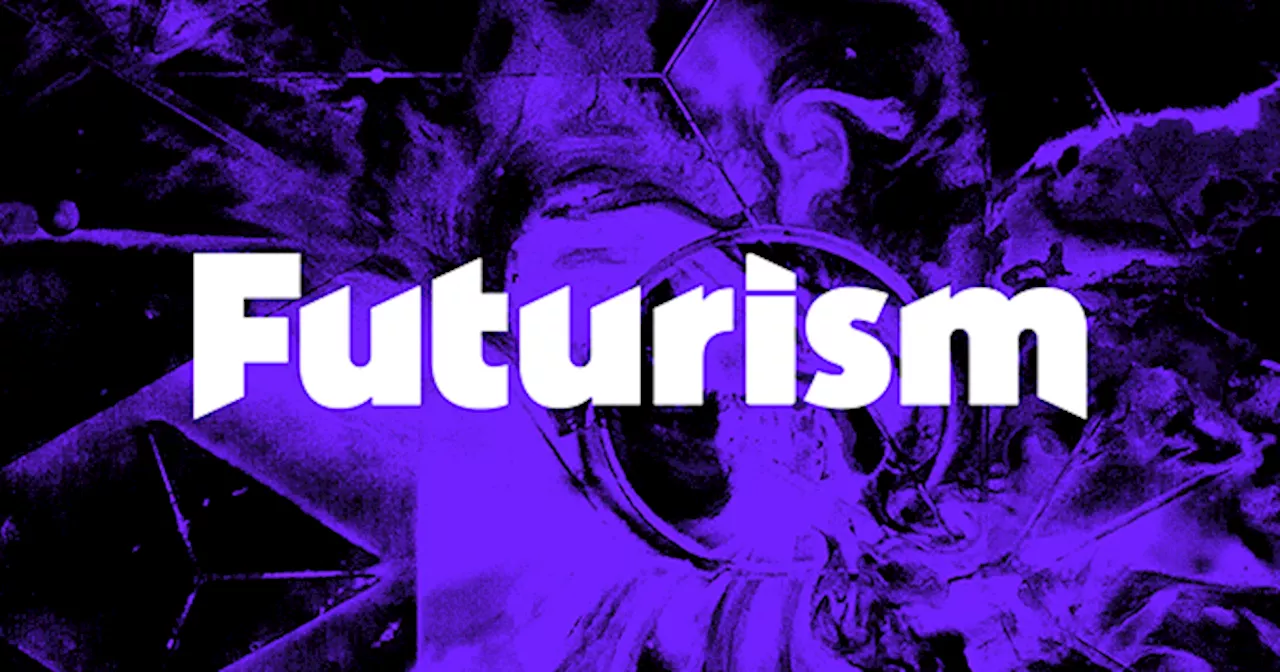 James Webb Spots Cosmic Foundry Generating Pure GoldScience and Technology News and Videos
James Webb Spots Cosmic Foundry Generating Pure GoldScience and Technology News and Videos
Weiterlesen »
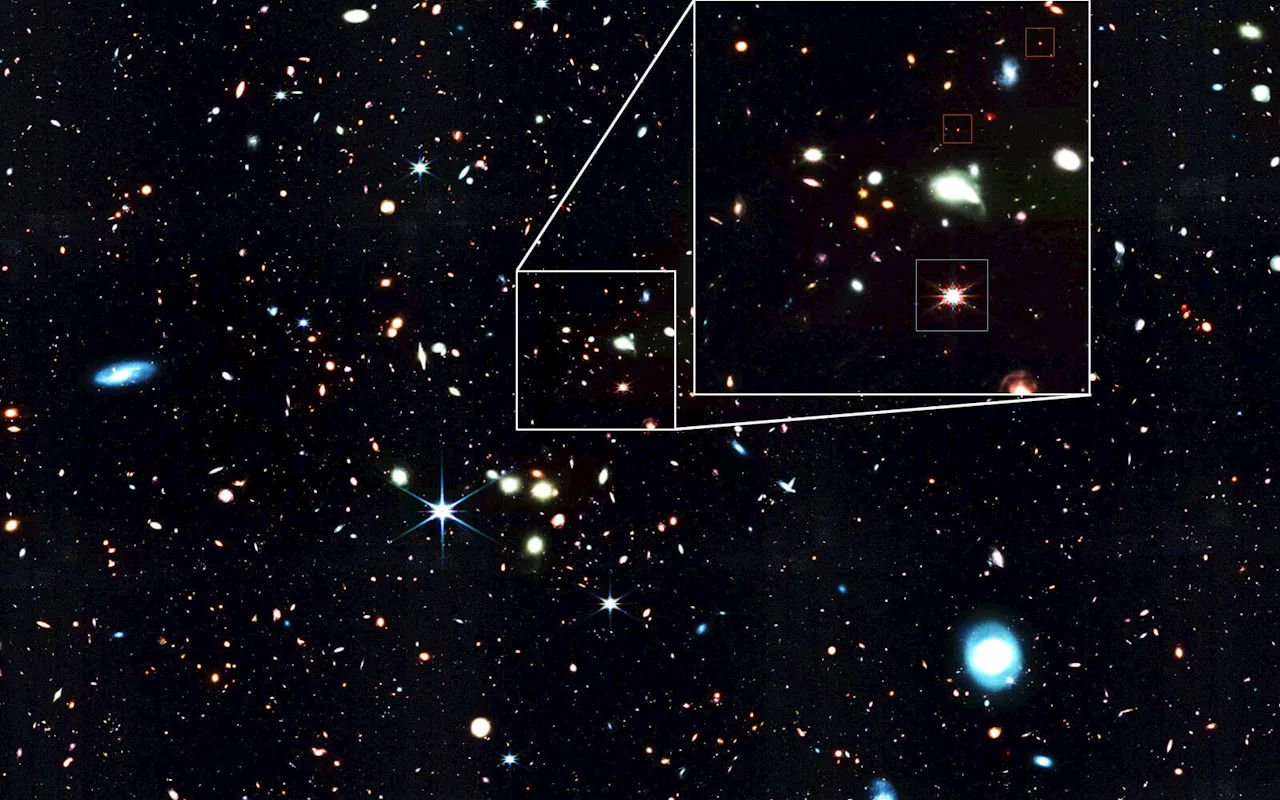 'Baby quasars': James Webb Space Telescope spots little giants in the deep pastThe James Webb Space Telescope has made one of the most unexpected findings within its first year of service: A high number of faint little red dots in the distant universe could change the way we understand the genesis of supermassive black holes.
'Baby quasars': James Webb Space Telescope spots little giants in the deep pastThe James Webb Space Telescope has made one of the most unexpected findings within its first year of service: A high number of faint little red dots in the distant universe could change the way we understand the genesis of supermassive black holes.
Weiterlesen »
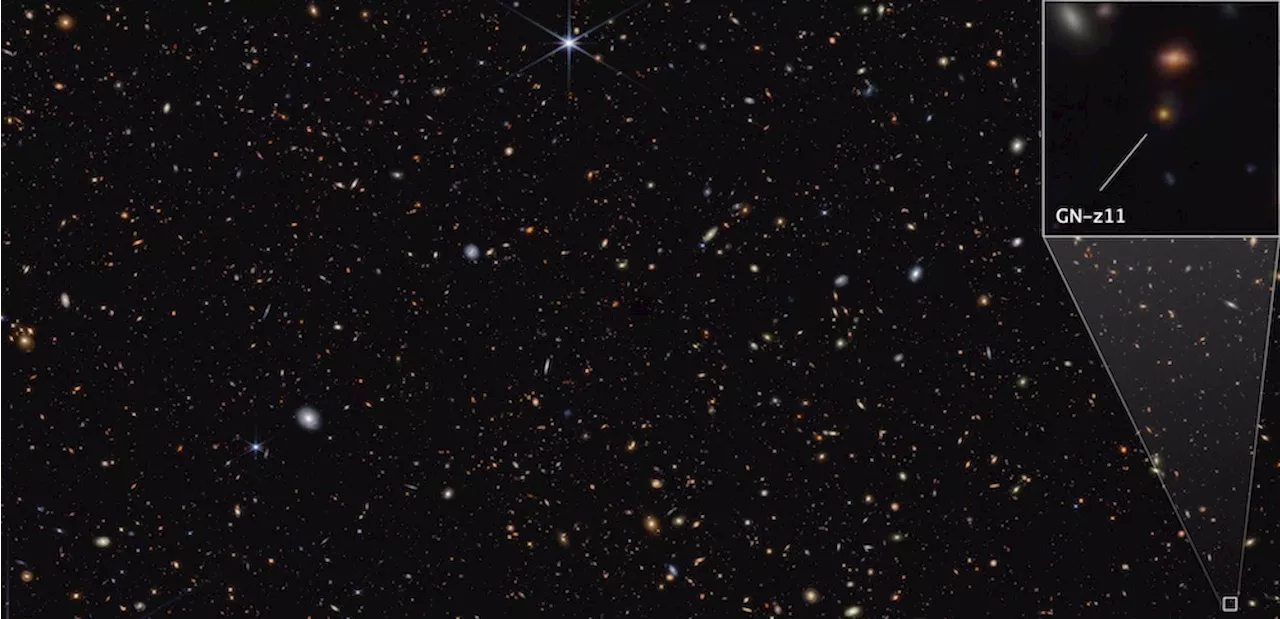 The Latest Mesmerizing Images from NASA's James Webb Space TelescopeWant to see the latest JWST images? The most recent image features the furthest known galaxy and black hole.
The Latest Mesmerizing Images from NASA's James Webb Space TelescopeWant to see the latest JWST images? The most recent image features the furthest known galaxy and black hole.
Weiterlesen »
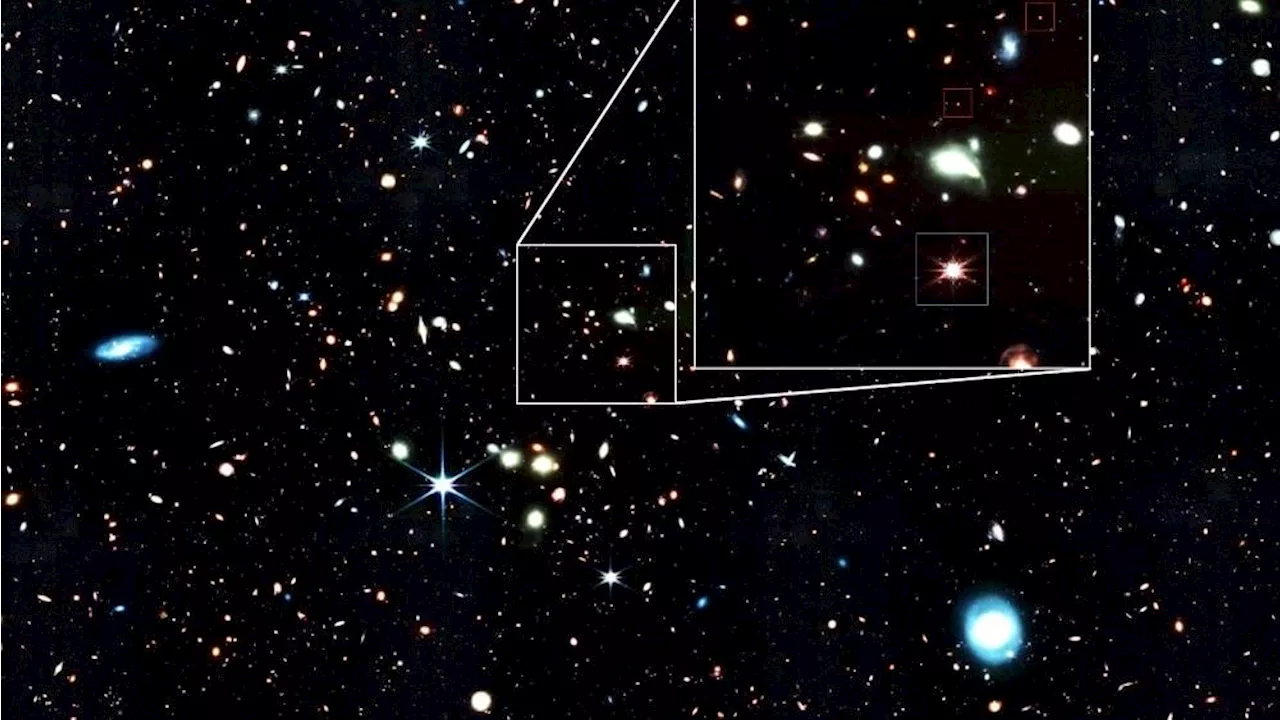 'Baby quasars' spotted by James Webb telescope could transform our understanding of monster black holesJennifer Nalewicki is a Salt Lake City-based journalist whose work has been featured in The New York Times, Smithsonian Magazine, Scientific American, Popular Mechanics and more. She covers several science topics from planet Earth to paleontology and archaeology to health and culture. Prior to freelancing, Jennifer held an Editor role at Time Inc.
'Baby quasars' spotted by James Webb telescope could transform our understanding of monster black holesJennifer Nalewicki is a Salt Lake City-based journalist whose work has been featured in The New York Times, Smithsonian Magazine, Scientific American, Popular Mechanics and more. She covers several science topics from planet Earth to paleontology and archaeology to health and culture. Prior to freelancing, Jennifer held an Editor role at Time Inc.
Weiterlesen »
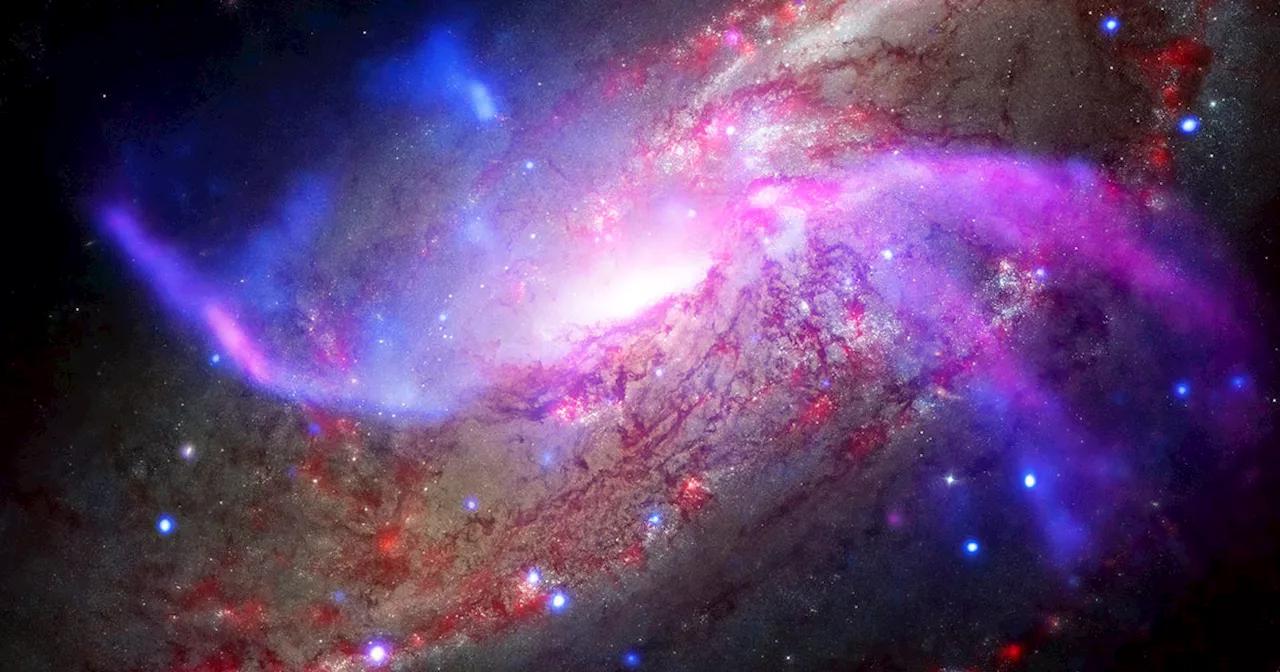 Scientists Surprised to Realize Red Dots in James Webb Images Are Black HolesScience and Technology News and Videos
Scientists Surprised to Realize Red Dots in James Webb Images Are Black HolesScience and Technology News and Videos
Weiterlesen »
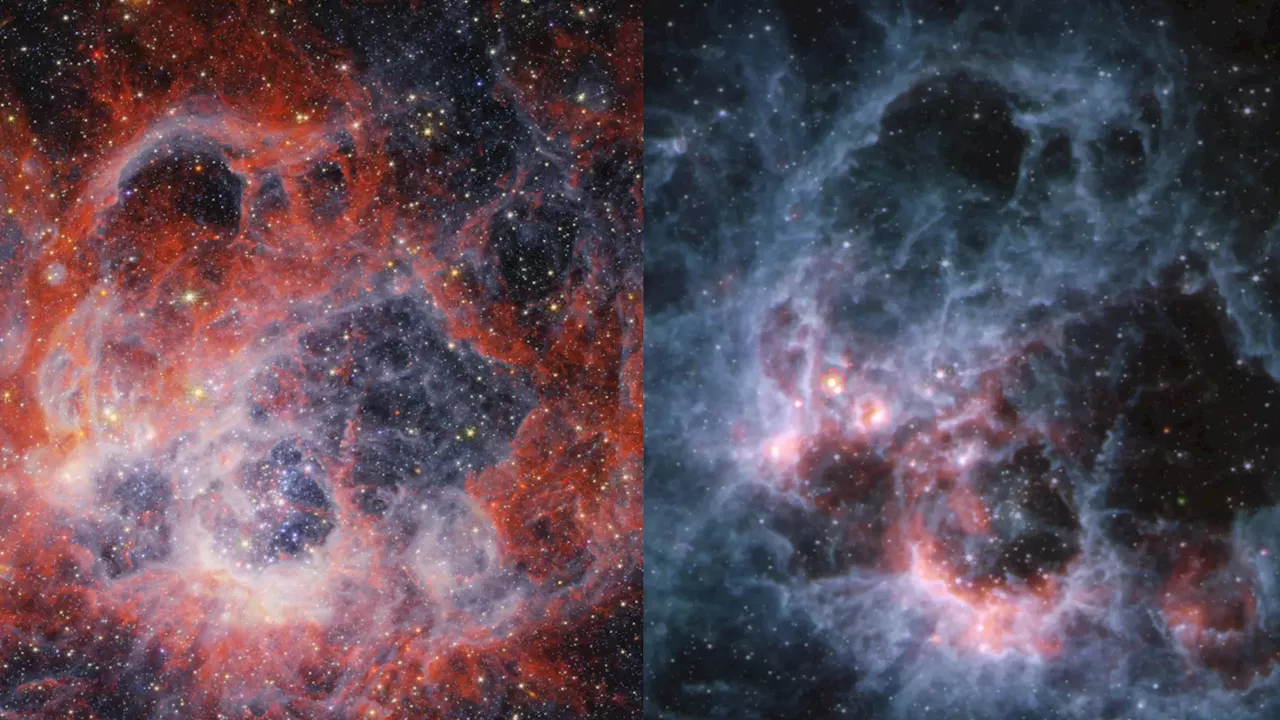 James Webb captures the tendrils coming out of a star nurseryJames Webb has sent new images of the NGC 604 stellar nursery, which shows peculiar cosmic bubbles, tendrils, and young stars.
James Webb captures the tendrils coming out of a star nurseryJames Webb has sent new images of the NGC 604 stellar nursery, which shows peculiar cosmic bubbles, tendrils, and young stars.
Weiterlesen »
